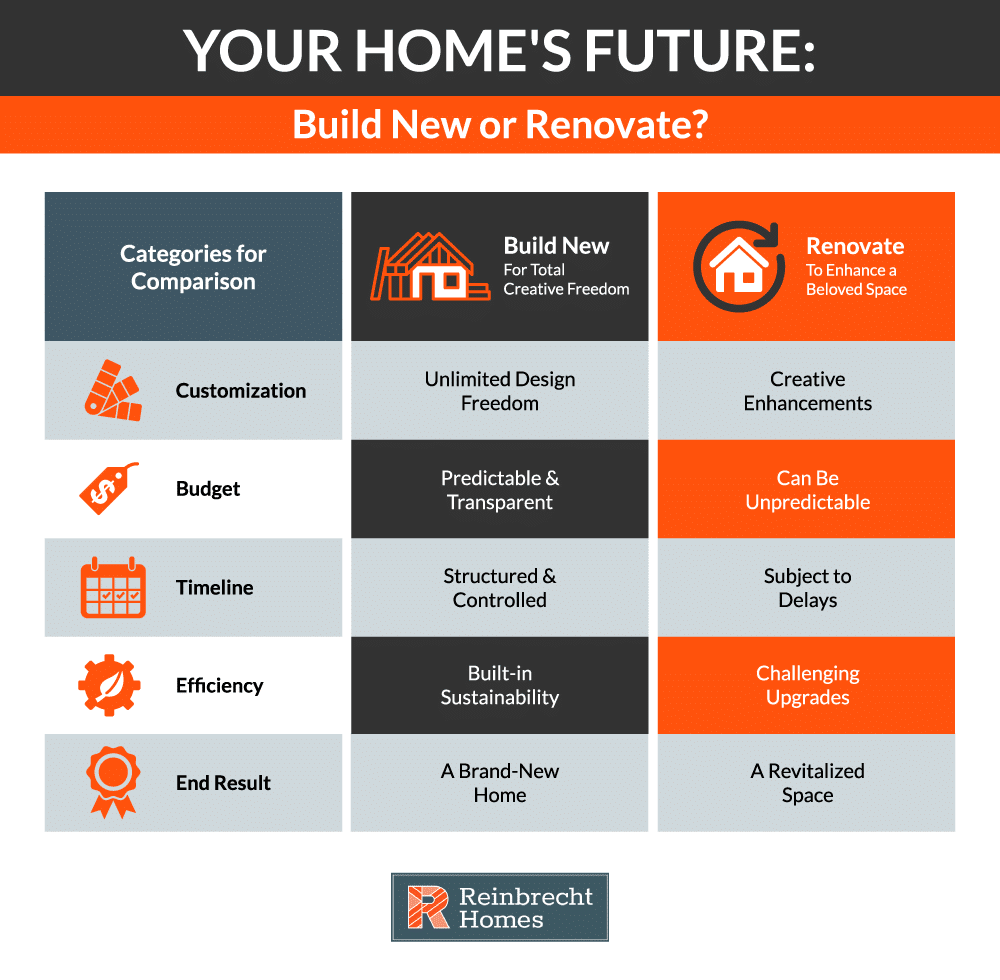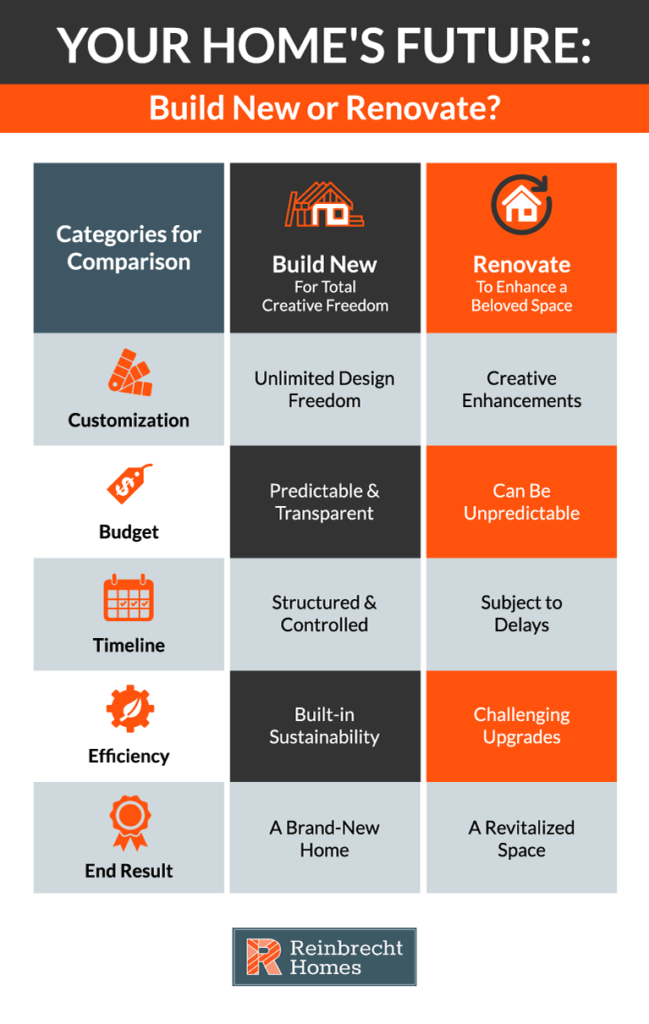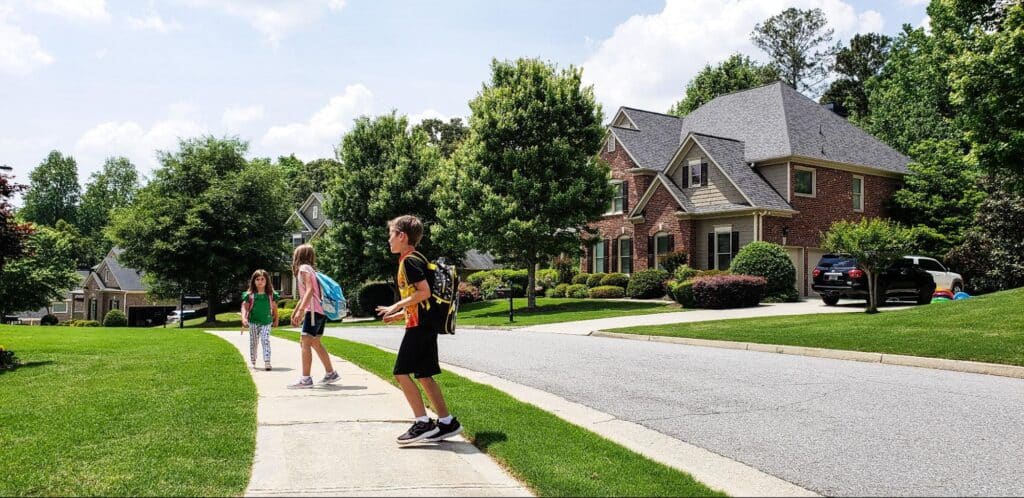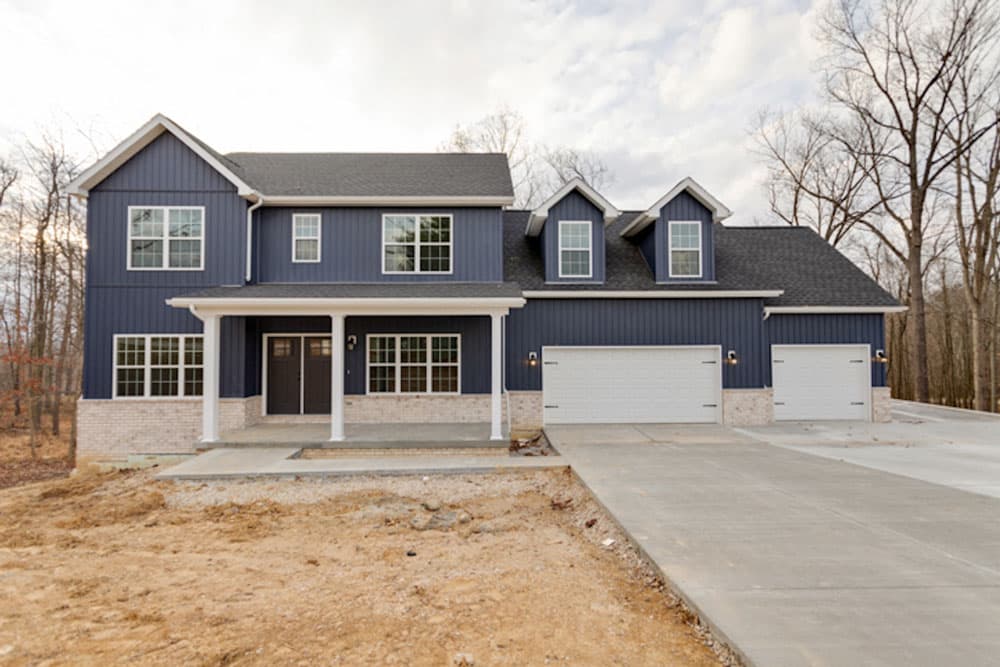Choosing whether to renovate your current home or build from the ground up is a major decision that impacts your budget, lifestyle, and future plans. For families in Southern Indiana and Eastern Illinois, local market conditions and community characteristics add another layer of consideration. In this article, we compare the key factors—cost, customization, and timelines—to help you decide which option best meets your needs. We also explain how Reinbrecht Homes—with its expertise in custom building—can support your journey toward a home that fulfills your vision.


Cost Considerations: Financial Impact at a Glance
Budget is often the most influential factor in deciding between renovating and new construction. Each option has distinct financial characteristics that merit careful evaluation.
Renovation Costs and Challenges
Renovating can seem attractive for those who love their current location, but hidden costs are a common challenge. Upgrading an older home may involve unexpected expenses—such as outdated electrical systems, plumbing issues, or structural repairs—that push the budget higher than anticipated. Even a single-room update can reveal underlying problems, leading to delays and increased expenditures. Although small renovations might refresh a space affordably, larger projects can end up costing more over time due to unforeseen complications and recurrent maintenance needs.
Ground-Up Construction and Predictable Spending
Building a new home, in contrast, offers clearer cost estimates because it starts with a blank slate. You control the design, materials, and energy-efficient systems from the beginning, which minimizes the risk of surprise expenses. With options like free construction loans available from experienced builders such as Reinbrecht Homes, ground-up construction can provide long-term savings. Modern construction methods also reduce future maintenance costs, potentially increasing the overall value of your home in the long run.
Customization and Personalization: Shaping Your Ideal Space

The level of creative freedom is another significant difference between renovation and building new.
Working Within Existing Constraints
Renovation has its appeal if you cherish your home’s location or unique character. However, working with an existing structure means you often have to contend with limitations such as fixed layouts, load-bearing walls, and outdated mechanical systems. These constraints can limit your ability to fully realize contemporary designs or implement an open-concept layout without incurring additional costs. In many cases, you might be forced to compromise between preserving familiar features and making bigger changes.
The Freedom of Starting From Scratch
On the other hand, ground-up construction provides a blank canvas, allowing you to tailor every aspect of your home to your exact requirements. When you build new, you can design an open-concept layout, integrate cutting-edge energy-efficient systems, and customize finishes to match your style—all without worrying about structural limitations. Whether you opt for a fully custom design or choose a semi-custom build to streamline the process, new construction offers unparalleled freedom. This approach ensures your home is not only functional and modern but also an exact reflection of your personal taste and evolving needs.
Timelines: Predictability Versus Disruption
Time is an important factor when considering home improvement options. Project duration can affect your daily life, finances, and planning.
Renovation: Uncertainty and Disruption
Renovation projects are often subject to delays due to unforeseen issues. What begins as a scheduled update can turn into a prolonged process when hidden problems—like water damage or outdated systems—come to light. Coordinating multiple contractors, securing permits, and dealing with unexpected repairs can extend the timeline significantly. For some, this unpredictability may mean living in a disrupted environment for longer periods, which adds stress and temporary inconvenience.
New Construction: Planned and Controlled
Ground-up construction typically follows a structured timeline with clearly defined milestones, from site preparation through final inspections. Experienced builders develop detailed schedules that help minimize surprises and ensure a smoother process. Tools for real-time project monitoring further enhance transparency and allow you to stay informed at every stage. Although building a new home might initially require a longer commitment compared to simple updates, the overall process is generally more predictable and less disruptive, enabling you to move into a finished, modern home with confidence.
Location Considerations: By Staying or Moving

The decision to renovate or build new is closely linked with considerations about your location.
Staying Put: Renovate for Familiarity
If you love your current neighborhood and appreciate the emotional ties, renovating might be the better choice. Staying in a familiar area means you maintain close relationships and enjoy steady access to local amenities. However, renovating in older neighborhoods can sometimes require significant updates to meet modern standards, which might affect both cost and timeline.
Moving to a New Community: The Appeal of Modern Living
Alternatively, if you’re looking for a change or need a home that better accommodates a modern lifestyle, ground-up construction in a new development may be ideal. New neighborhoods often offer updated infrastructure, modern amenities, and a fresh community vibe. With Reinbrecht Homes, you have the opportunity to select a lot in a thoughtfully designed neighborhood that suits your lifestyle while enjoying the benefits of a contemporary, energy-efficient home designed to your specifications.
Environmental and Sustainability Benefits: Building for the Future
An increasingly important aspect of homebuilding today is the ability to incorporate sustainable technologies and eco-friendly materials. New construction allows you to integrate modern insulation standards, advanced heating and cooling strategies, and renewable materials right from the start. Such features not only lower your day-to-day energy costs but also reduce your environmental footprint. In addition, building from scratch permits the use of renewable materials and greener construction practices that are challenging to retrofit into older buildings. For families keen on long-term wellness and sustainability, choosing ground-up construction means building a home that supports a healthier, more resource-efficient lifestyle while aligning with current environmental standards and sustainable technologies.
Choose the Path That Fits Your Vision
Deciding between renovating your existing home and undertaking ground-up construction is a personal choice, influenced by your budget, need for customization, and tolerance for disruption. Renovation can preserve a beloved location and legacy, but it may come with unpredictable costs and constraints. In contrast, building new offers complete creative freedom, predictable timelines, and modern, energy-efficient solutions.
At Reinbrecht Homes, we recognize the weight of this decision and are here to provide expert guidance every step of the way. Whether you choose to enhance your current home or start fresh with a custom or semi-custom build, our experienced team is committed to turning your vision into a reality.
Ready to discuss your options? Contact Reinbrecht Homes today to explore our customizable floor plans and discover how we can help build the home that perfectly fits your needs.

